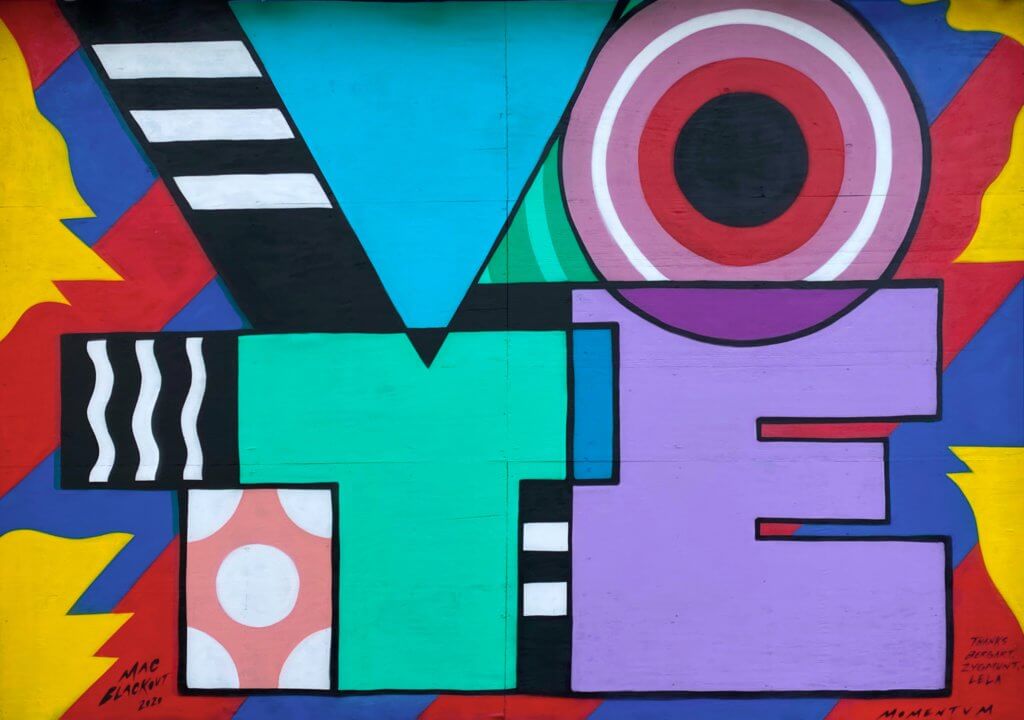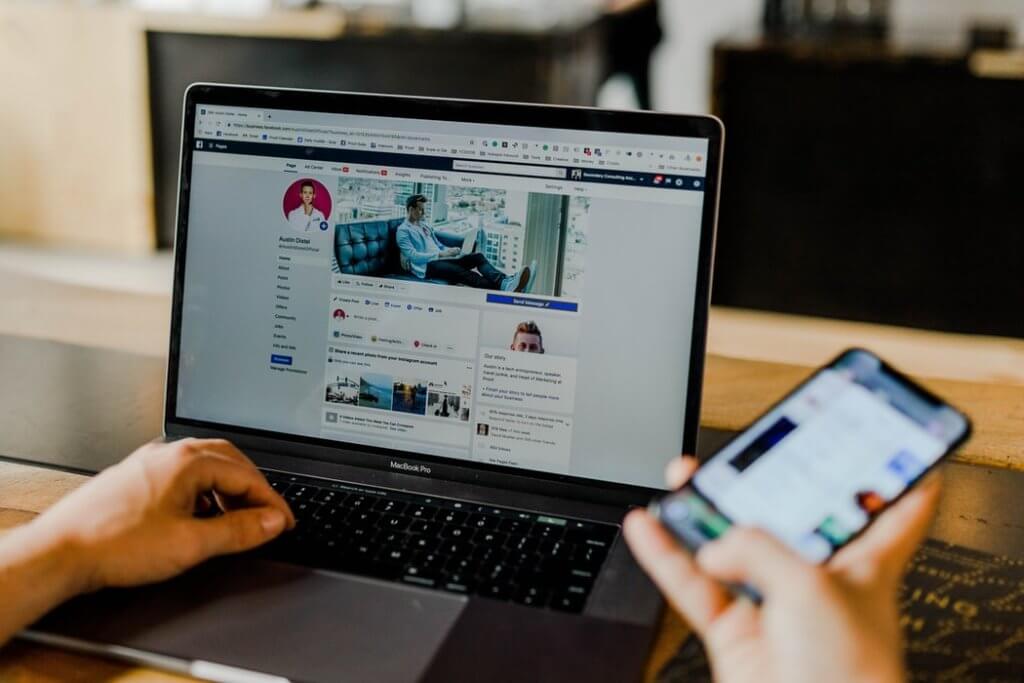4 Insights You Need To Know About Video Length On Social Media

In theory, the answer to how long your brand’s video content should be on social media should always be the shorter, the better. For example, a 2015 Microsoft study found the average adult attention span is only 8 seconds, while TikTok has exploded in popularity, with 1 billion active global users, in large part because […]
What Social Networks Were The Most Talked About In 2020

Whether it was a complete game changer or accelerating trends that were already in motion; the pandemic dramatically impacted what social media platforms we were using and discussing during the past year. To help quantify which social media platforms fell in and out of favor during 2020; we used our social listening abilities on Twitter […]
Social Insights Around The Final Presidential Debate

With Donald Trump and Joe Biden having just wrapped up their second and final debate together, ListenFirst decided to take a closer look and see what social analytics could tell us about the two candidates’ performances, the topics that stood out, and what the social media audience is talking about most. First Impressions Mattered More […]
How The Swing States Are Feeling About The Election On Social Media

Every four years, the U.S. presidential election usually comes down to a few swing states that decide the winner. While social media can’t predict who the winner will be, analyzing consumer behavior on social media serves as a barometer for determining how people in those swing states are feeling. How are people feeling in Arizona, […]
What Type Of Social Media Posts Are Working For Presidential Candidates

While the pandemic might have overshadowed what would have otherwise been wall-to-wall coverage of the presidential race, there’s still going to be an election in a few months, which means it’s time for ListenFirst to break out its analytics and share insights about what type of social media posts are most effective for each presidential […]
Learning From #StopHateForProfit July And If The Boycott Is Carrying Into August

With more than 1,100 businesses ultimately signing up for the Anti-Defamation League’s #StopHateForProfit Boycott of Facebook and Instagram ads in July 2020, the campaign succeeded at getting both the press and the public’s attention. However, what facts actually changed on the ground for brands around social media? Now that July has ended, we answer those […]
